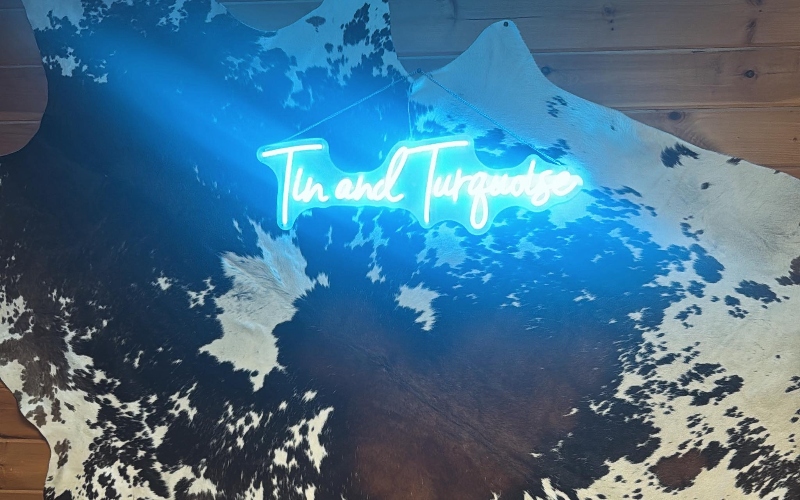Barn owls, man possess ancient connection
Published 1:50 pm Tuesday, January 25, 2011
The Barn Owl is one of the few birds that are found throughout the world.
It is widely distributed in both tropical and temperate regions. Within this wide range the Barn Owl has had a long history of relationships with humans. In England Barn Owls are associated with churchyards and in the Netherlands these valuable birds are encouraged to nest in farms and orchards to help keep the rodent population under control.
Despite this ancient connection with man, the Barn Owl is declining within the United States and worldwide. Much of this is connected with the removal of dead trees, old barns and other suitable nesting sites.
Trending
However, good populations of these birds still exist in certain parts of the Carolinas. Small numbers of this highly distinctive owl are even found here in Polk County, as well as other areas of North Carolina, although their current stronghold may be the old cotton growing areas of the state.
Barn Owls are large birds, about 15-20 inches in height and are a golden honey-brown in coloration. They have a distinctive heart-shaped face of white feathers and this feature has given rise to their colloquial name of monkey-faced owl. They also have dark eyes and possess no ear tufts.
Barn Owl nests have been found in many natural and man-made structures, such as dead trees, barns, silos, church towers, warehouses and even under bridges and in cement mixers.
In other parts of the world, Barn Owls may utilize cavities in volcanic lava tubes and wells. No nests are built and the 1-10 eggs are laid directly onto the floor of the chosen nest-site.
If conditions are favorable, many nest-sites will be used for years, and the immediate surrounds of the nest may become littered with the bones and other remains of prey items. Most food consists of small rodents, such as voles, mice and other small mammals.
The young owls are born without feathers and are covered with patches of white down. With the food brought by the adults, these youngsters grow rapidly and leave the nest after about 10 weeks. The birds may then travel hundreds of miles from their birthplace and they disperse around the country.
Trending
Barn Owls, like all other owls and birds of prey, are protected by law, and with adequate knowledge and protection of their nest sites, we can be assured of their useful presence for many years to come.
Simon Thompson has lived in WNC for the past 16 years. He owns and operates his own birding tour company, Ventures Birding Tours. www.birdventures.com
He and Chris also own and operate the Asheville Wild Birds Unlimited Store. For more information on any of the birding activities in the area, drop by the store or check his website at www.asheville.wbu.com.





